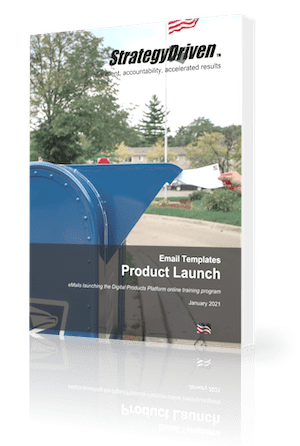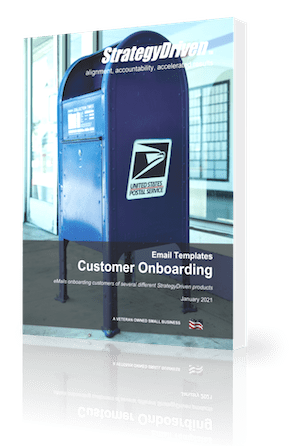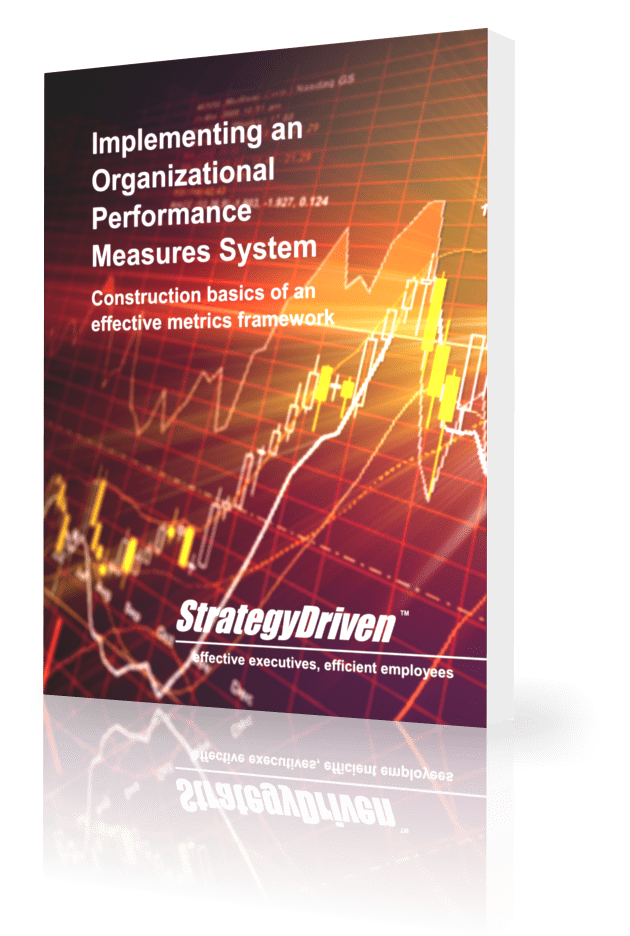Corporate Cultures – Individual Initiated, Rules and Standards Controlled Environment
The Individual Initiated, Knowledge and Skills Controlled Environment represents a culture that is moving toward greater consistency in action if not action initiation. These organizations are still largely guided by local controls and individual contributors and lack the more rigorous oversight and activity reinforcement realized in supervisory and leader led companies. Thus, these organizations gain a limited amount of increased consistency while still maintaining a high level of innovation and flexibility.
Hi there! Gain access to this article with a StrategyDriven Insights Library – Total Access subscription or buy access to the article itself.
| Subscribe to the StrategyDriven Insights Library
Sign-up now for your StrategyDriven Insights Library – Total Access subscription for as low as $15 / month (paid annually). Not sure? Click here to learn more. |
Buy the Article
Don’t need a subscription? Buy access to Corporate Cultures – Individual Initiated, Rules and Standards Controlled Environment for just $2! |












Leave a Reply
Want to join the discussion?Feel free to contribute!